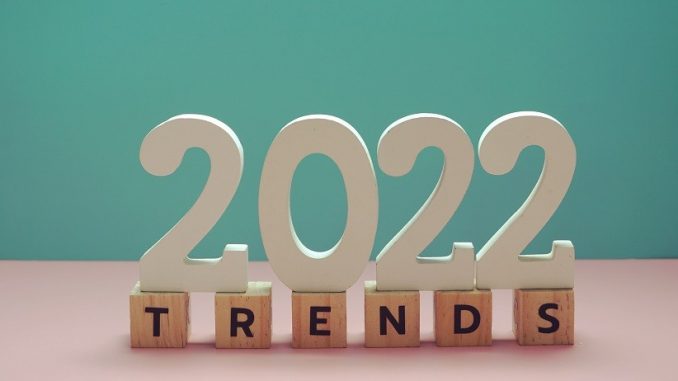
The world of digital continues to experience a multitude of changes. As we move further into a new cookie landscape, the next generation of Google’s Analytics and marketplaces’ immense growth, we looked into forthcoming trends of 2022.
Retail insight comes from Maxwell Scott’s international marketing director Julia Munder, along with Search Laboratory’s experts from paid media, technical SEO, digital strategy and programmatic – Pete Whitmarsh, Leonie Mann, Jimmy McCann and James Kenny respectively.
We discussed these findings in a recent podcast. Read on for a summary of the top five areas discussed.
Embracing the changing digital landscape
2021 experienced many significant shifts in adapting to the new normal. With brands forced to understand and evolve to fast-paced changes in the market, new modes of tracking, attribution and getting in front of your audience are at the forefront.
The loss of third-party data has been a catalyst for innovation in data collection, igniting new and creative ways to collect direct, first-party data through the likes of surveys and newsletter subscriptions. Education on how to continue tracking audiences and optimize the available data is a hot topic moving into 2022.
Leveraging first-party data
Adapting to the loss of cookies has cultivated a movement toward traditional first-party marketing. Getting closer to your audience and creating a personal, retention-driven relationship continues to evolve as businesses adjust to losing what was once expected in third-party data.
Julia Munder touches on the arising creative methods of streamlining forms, collecting intentional zero-party data via returns, feedback, and more.
Google Analytics 4 (GA4) and automation
GA4 is Google’s solution to the current, multi-device landscape, built within a new framework of interaction and analysis optimized for the diverse market covering web, apps, streams, POS, games, etc.
Machine learning and new attribution models are integrated into the new, privacy-compliant platform. Armed with flexible, user-configurable reports and dashboards, the bespoke nature of GA4 encourages ease and visibility of your data.
The more data you have in GA4, the quicker you can migrate to the software when it reaches enterprise level. Making the switcher sooner rather than later will enable you to benefit from the innovation, having built a library of data and activity.
The growing force of marketplaces
Marketplaces continue to experience extreme growth. April and May of 2020 saw more e-commerce growth than the entire previous decade. Ten years of growth in eight weeks. Over 15 million British shoppers are subscribed to Amazon Prime.
The growing force of marketplaces is encouraging diversification of sales. The increasing number of social and shoppable platforms disperse leads across the web, encouraging brands to embrace diverse, multi-channel lead sources.
Video is the content medium of choice
74% of marketers in a recent survey advised that video has a better ROI than static imagery. The rising number of moving ads, video channels and live streams are generating superior engagement across markets.
Social and video commerce offer a direct journey for the consumer. From the likes of Instagram direct to checkout, the consumer-led journey has never been easier. However, it is vital to consider the strengths and weaknesses of each platform and build bespoke strategies that are best suited to your medium of choice.
Tune in to the Search Laboratory podcast to hear all the current and emerging trends for 2022.

Leave a Reply